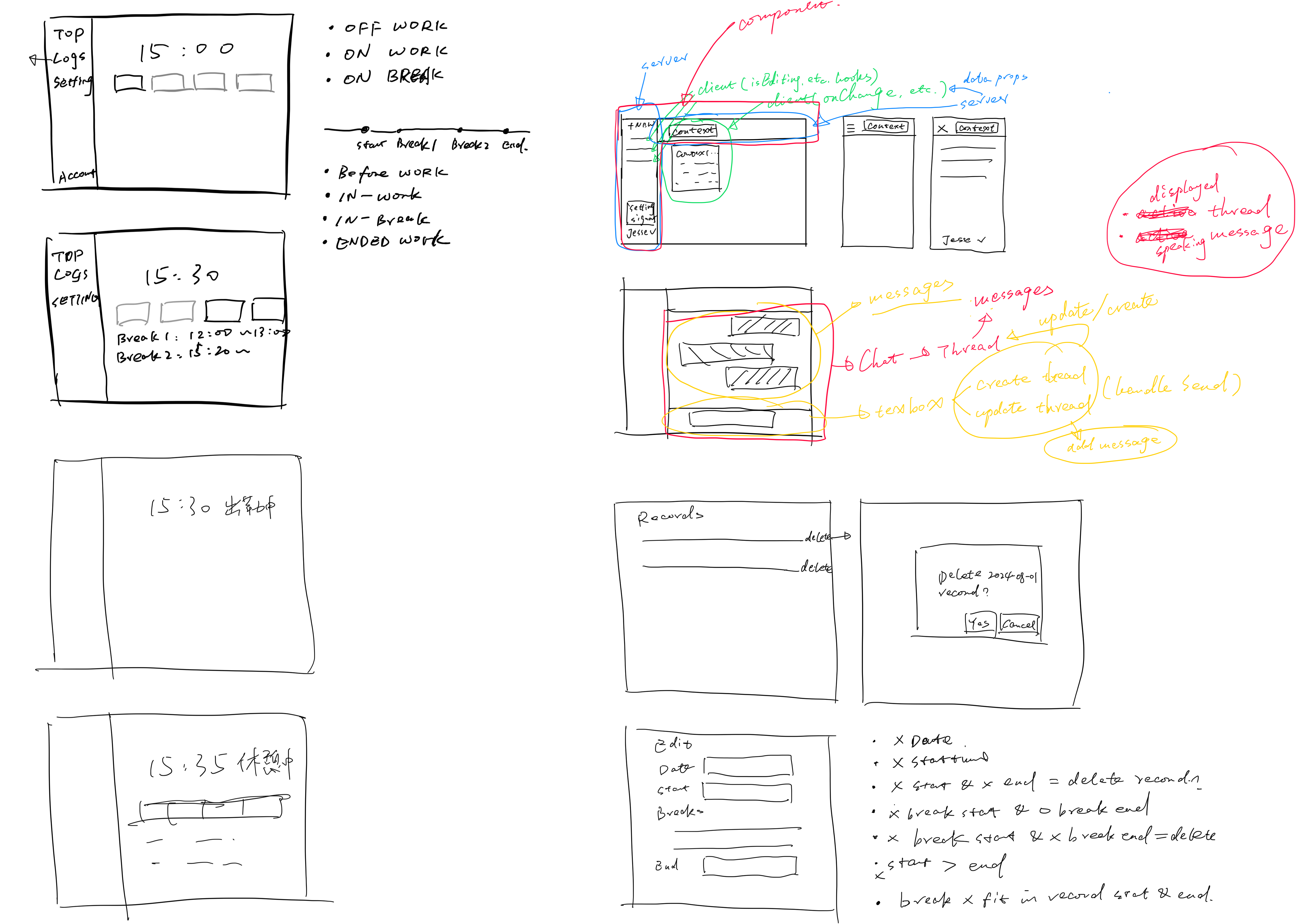- The Core Issue: Misunderstanding the Value of UI/UX Design
- Uncovering Hidden Needs: More Than Just User Research
- How to Improve These Skills?
- Final Thoughts
The Core Issue: Misunderstanding the Value of UI/UX Design
One of the biggest problems in the UI/UX industry is the widespread misunderstanding of the true value of UI/UX design. Many so-called designers are merely "Figma operators"—and Figma itself contributes to this misconception (more on this later).
In a typical development, design comes first, followed by coding, because design is an essential part of defining requirements. However, most designers—especially junior ones—fail to realize that design should not just be a step before coding but a fundamental process for defining products requirements. A key value of UI/UX design lies in uncovering hidden needs and using those insights to determine necessary requirements.
Uncovering Hidden Needs: More Than Just User Research
There are many ways to discover hidden needs—commonly through user research to understand target audience or case studies analyzing similar products. However, the scope of these needs should extend beyond just user requirements (which I will elaborate on later).
Once useful information is gathered through research, designers must translate it into appropriate visual representations. At this stage, the key is to keep it simple, fast and direct. Personally, I prefer sketching.

Just as raw information needs to be structured in to tables or charts for analysis, UI/UX designers need to use sketches (or other forms of quick visualization) to guide their thinking and uncover insights.
In practice, particularly in team-based development, sketches often serve as the foundation for discussions and brainstorming. Without a clear, intuitive medium that everyone can understand, discussion can become ineffective. The ability to collect, organize and transform raw information into visual materials that facilitate discussions and clarify requirements is something that most UI/UX designers lack.
How to Improve These Skills?
1. Developing a Multifaceted Perspective
Product development is a complex process involving stakeholders with varied interests, and the value a product delivers is rarely one-dimensional. In UI/UX design, beyond user needs, we must also consider:
- The goals and interests of the company, the department and the team.
- Available development resources.
- Existing development practices.
- The ease of maintenance and evolution of the product.
Yet, many designers start their work by searching for visually impressive designs for inspiration. This is the wrong approach because high-fidelity design should be at the end of the process, not the beginning. This is one of the main reasons I find Figma problematic—its vast range of tools for creating polished interfaces unintentionally encourage designers to focus too much on visual details early on while neglecting a holistic understanding of the project.
2. Understanding the Development Process
A critical yet often overlooked skill among designers is the ability to understand development constraints. This is not just about knowing how to code—it also involves recognizing the nature of the project, the available development resources and the team's technical capabilities.
Every project has unique constraints, including team size, budget and development timeline. A great designer can make informed design decisions by factoring in these limitations. From a business perspective, a 90% aesthetically perfect design is not necessarily better than a 80% perfect one—because achieving that last 10% might require significantly more time, money and effort.
Additionally, for any given UI, there are often multiple design solutions. Many designers consider UX and visual appeal but fail to account for development complexity. In software engineering, there is a concept called DX (Developer Experience), similar to UX but focused on the ease of implementation, reducing engineering effort, and improving long-term maintainability and scalability. An experienced designer takes DX as seriously as UX. This is what it means to have a multifaceted perspective.
Final Thoughts
Becoming a more experienced UI/UX designer requires moving beyond surface-level aesthetics and developing a deeper understanding of business objectives, technical feasibility and team dynamics. The best designers are not just skilled at creating visually appealing interfaces—they are problem-solvers who bridge user needs, business goals and development realities.